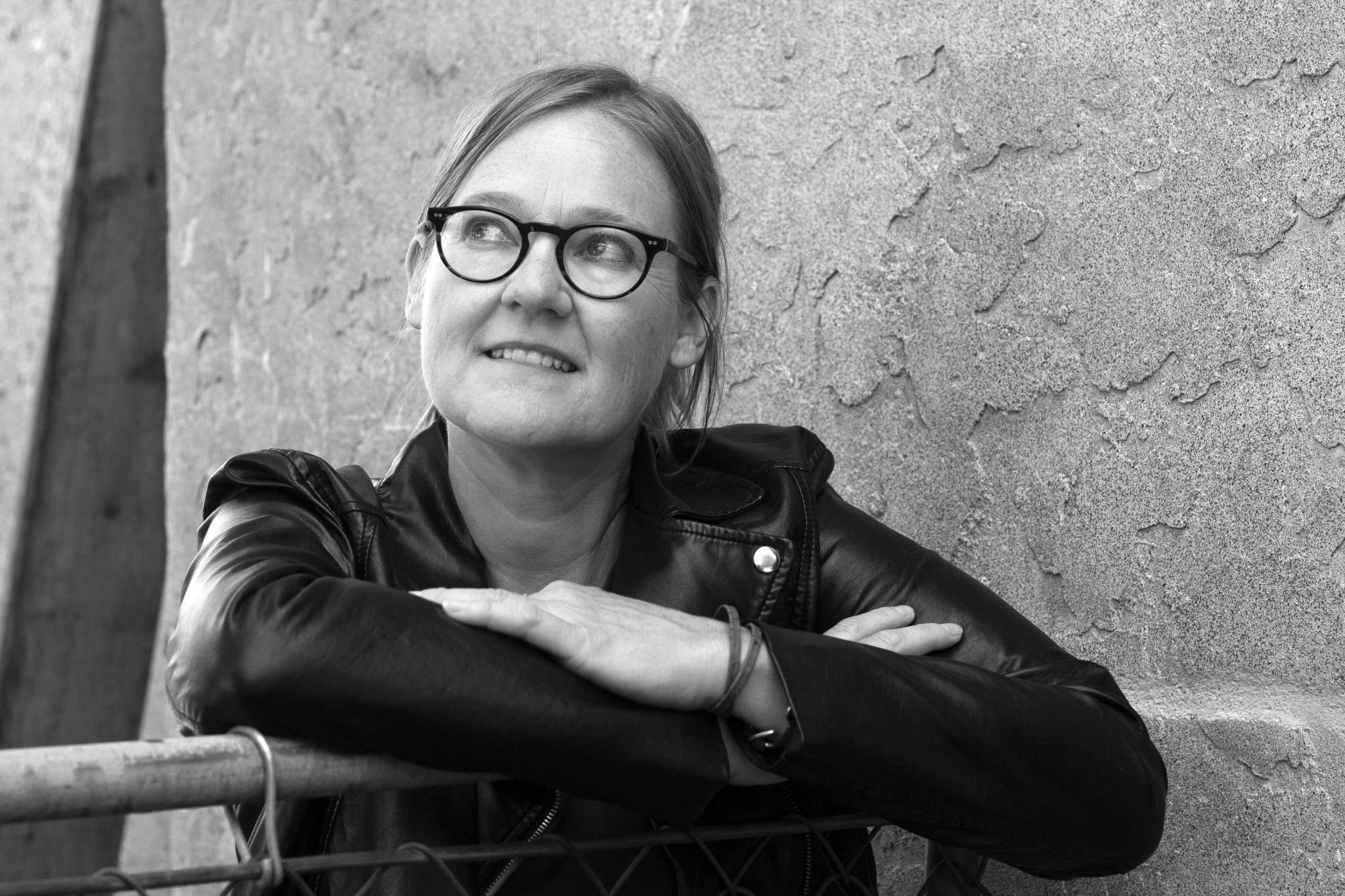Yvonne Blomer
Author image by Nancy Yakimoski
Biography
Yvonne Blomer’s The Last Show on Earth, her fifth book, came out with Caitlin Press in 2022. Yvonne’s poetry books include As if a Raven (Palimpsest Press, 2015), and the anthologies Refugium: Poems for the Pacific and Sweet Water: Poems for the Watersheds (Caitlin Press, 2017 and 2021). Sugar Ride: Cycling from Hanoi to Kuala Lumpur (Palimpsest Press, 2017) is her travel memoir exploring body, time, and travel. Yvonne is the past Poet Laureate of Victoria, B.C., and the past Artistic Director of the weekly reading series Planet Earth Poetry. She lives on the traditional territories of the Lək̓ʷəŋən (Lekwungen) people. Yvonne mentors and teaches in poetry and prose and has students zooming in from across North America.
Poetics Statement
“I often say, and I deeply believe, that poetry is first a conversation the writer has with themselves and then that conversation moves from the private to the public as an invitation to further the thought, dialogue, change, the conversation. Beyond that, I believe poetry is crafted play, it is sound, and rhythm, language, meaning, and deep contemplation. Poetry is more than a feeling portrayed in words, it is that and then it is the move from the personal expulsion of emotion toward something that is a piece of art and therefor crafted using all the tools of poetry: line, metaphor, rhythm, rhyme, and punctuation. If prose’s essential element is the sentence, poetry’s is the line.
These days my poetry is focused on family, climate change, and women’s rights and plights. I delve into mythology, historical texts and images to search out the thing, the predicament or worry or little obsession on which to write and often find more than I can keep up with. I hope my poems are welcoming, are conversations on the page, as well as intellectual, that there are many things going on in a poem and much a reader can take away. But ultimately, I hope they are full of play – puns and metaphors, language rhythms, dances and songs on the page. They are dark, yes, but I hope they have bright eyes.
”
Sample of Poet's Work
Circus Moon, Circus Train
from The Last Show on Earth (2020 Caitlin Press)
after Robert Bateman’s Circus Train – Nighthawks
Candy-wrapper moon. Split-winged hawks. Circus train.
A dragon, silver and gold scaled, its lashing tail. How tent
and train drew coin from candy-floss hands teased in by popcorn’s
buttery scent. Once this beast chuntered across borders. Now the moon
an opening in night where blue, grey, puce seeps in.
Here and then gone, like a shadow, a species moving on a field
you see and then look for again. Faithful servant,
jointed, articulated, it carried animals and humans.
mover of low moans and loud laughter,
every rail and tie a rehearsal for the last show on earth.
Waning moon. Night-stilled hawk. Broken-spined serpent.
The oiled skin and painted smiles of ballerina, clown,
strongman shine through, ghost-shapes in splintered shafts.
Light on this reptilian ride. Absence of whistle
on a field where a kid stands, frayed jeans, eyes rolled
to sky as puffed breath moves on wind. Luminous
empty moon. Feral moon. Night’s coming, coming in.
Pteropus: Fruit Bats Text
from Death of Persephone: A Murder Mystery
also called Megabats, Old world fruit bats, and Flying Foxe., Bats are linked to the Greek Goddess Persephone who was abducted to the underworld by her uncle Hades and moved between light and dark.
1.
The feet of the fruit bat are the small hands
of a human child. The nose, a dog’s nose. Calm
in the year of the rat, keeper of balance.
Watchful dog; ever watched bat.
Thumbs and fingers, soft dermis
of membrane.
Can the elongated hands
of the bat be attentive?
Can the wingspan?
Blame the bat when humans falter.
Blame the wolf or fox
when chicks get eaten, while farmers’
fences encroach into ever-wild spaces.
Blame the girl,
her uncle’s obsession.
2.
Screws, secateurs, twine and stakes,
cages for birds or bats (a girl perhaps),
(such honeyed wood), wooden slats, rope,
head lamps. Spelunk deep into the earth,
peek up: crepuscular fruit bats’
sweet sleeping breath, quiet hunger.
3.
Above, on the meadow, where Asphodel and daisies grow,
a girl in a floral dress braids a chain. Below,
where the roots and bulbs of narcissus burrow,
the small feet of bats cling,
and from water beads on the trichomes
of these underground appendages
the fruit bat quenches its thirst.
4.
Did you call me Bat Girl, friend?
Did her uncle wear a Bad Guy mask?
Did he offer her fruit and batty, she ate it?
Blind as a...did she bat her eyes at him?
5.
Does the city have a system of tunnels? Does it
have an underground of moving trains and unending
caves. Above, great cathedrals loom – Westminster?
Saint Sophia? A skyscraper
like Burj Khalifa or a cenote like those
in Tulum? If these landmarks, how about fruit trees
of emerald leaf and amber sweet?
If a cenote, where the golden honeyed water,
the watersheds? Where the Megabat
on its tiny endangered peds, reaching to span –
a great and cavernous underground –
its uropatagium membrane stretched, wings
upheld for balance while it dips and drinks
from a slow tainted river?
6.
Blue sky on a cold winter day, after days
of flood waters and grey. The world
a world of lives lived off carbon emissions.
Crepuscular. Roosting. Hound-like
face, muzzled and grey,
endangered wings, sharply curved claws.
7.
Oh bat. Oh maiden child. Oh
human myth makers and story
tellers. Look what we’ve done.
Demonized the bat, harvested it
mummified it, sold it through Etsy,
stressed, starved, caged, and poisoned it.
Frozen it in vampire tales.
Loss, lose, lumbering.
8.
Roosting one. Flying fox.
Insect-eater. We’ve broken
the watersheds. We’ve lit up the caves
like devils with our plastic horns.
We’ve let the girl get taken, again
and again, we’ve marked her grave
with pale, nocturnal, bleat-and-trill-keening bats.
Audubon: still life
From As if a Raven (2014 Palimpsest Press)
“...his technique consisted of shooting as many birds of the same species as possible so that he could use them as models for his life size paintings.”
~ Everglades Digital Library
What was nest has been skimmed
for bone structure, feather lustre,
feathers, beaks, fine-boned wings;
things that have gone missing from trees.
Children will not scream, will study
the pretty birds unflown,
not feasted on by fox or hound, no;
consumed by eye, finger, palette and brush.
To capture with rigour, death
consumed by eye, finger, palette and brush,
not feasted on by fox or hound, no;
the pretty birds unflown.
Children will not scream, will study
things that have gone missing from trees:
feathers, beaks, fine-boned wings,
for bone structure, feather lustre.
What was nest has been skimmed.
Reading Rilke on my Son’s 15th Birthday
with lines from “The Ninth Elegy”
For my son’s sixth birthday, a friend carved
a watermelon into a cake shape.
Why, if this interval of being can be spent
remembering, am I wasting it again
wondering what bird outside is calling
and who for? Also, the dog’s deep sighs,
their meaning.
why then/ have to be human – and, escaping from fate,
keep longing for fate?
Fate, the car swerves at the last –
or before – the last moment,
the bird sees the glass and stops
before body reaches it. Always
fate stops death or attention
does – I thought, years ago (though
truly it feels like minutes) if I paid attention
the years wouldn’t just fall away –
an image – I’m on a treadmill holding the baby
of him. But because truly being here
is so much; because everything here
apparently needs us –
that need is such a mothering thought.
Is it? To be needed is to be loved. Is it?
From birth we encourage each child to move away –
crawl or walk or run or drive. “Soon his driver’s licence,”
said the special ed bus driver, knowing
this will not be his fate.
Fate as in destiny. What is yours?
You ask yourself again – Rilke
offering need and the rhythm of his line.
He doesn’t have an answer, but what a thinker he is.
Perhaps we are here in order to say: house
bridge, fountain, gate, pitcher, fruit-tree, window –
Yes, I think, and to love, which he speaks of,
that near unnameable force that is not gravity but which
hurts and holds us. Perhaps to know body,
bone and bowel. To let the pimples come and let the frown lines
deepen and the jowls of age come. To let the body rise in breath,
to suffer each bruise and cut, each terrible death.
But wait, it’s my son’s birthday, do not bring death here.
Bring longevity, bring life expectancy, bring life.
And now, I am eager to leave the poem, to find an exit –
how Rilke held himself in it, moved to the next thought
and sound – traffic’s bleary hum on Quadra Street,
the same bird’s persistent squeak, answered
from another tree. The next fleeting thought – that
inside their boundless emotion all things may shudder with joy?
Praise, he says, praise this –
the blue eyes, the dimpled smile, the crooked spine,
the swayed back, the loud laugh, the voice finding itself,
the unhappy yelp, the anxiety, its trilling body shake,
the curl of ear, the soft skin, the newborn, and the man within,
the resilience of the boy, the boy, the boy,
and his father, and his mother, and all –

